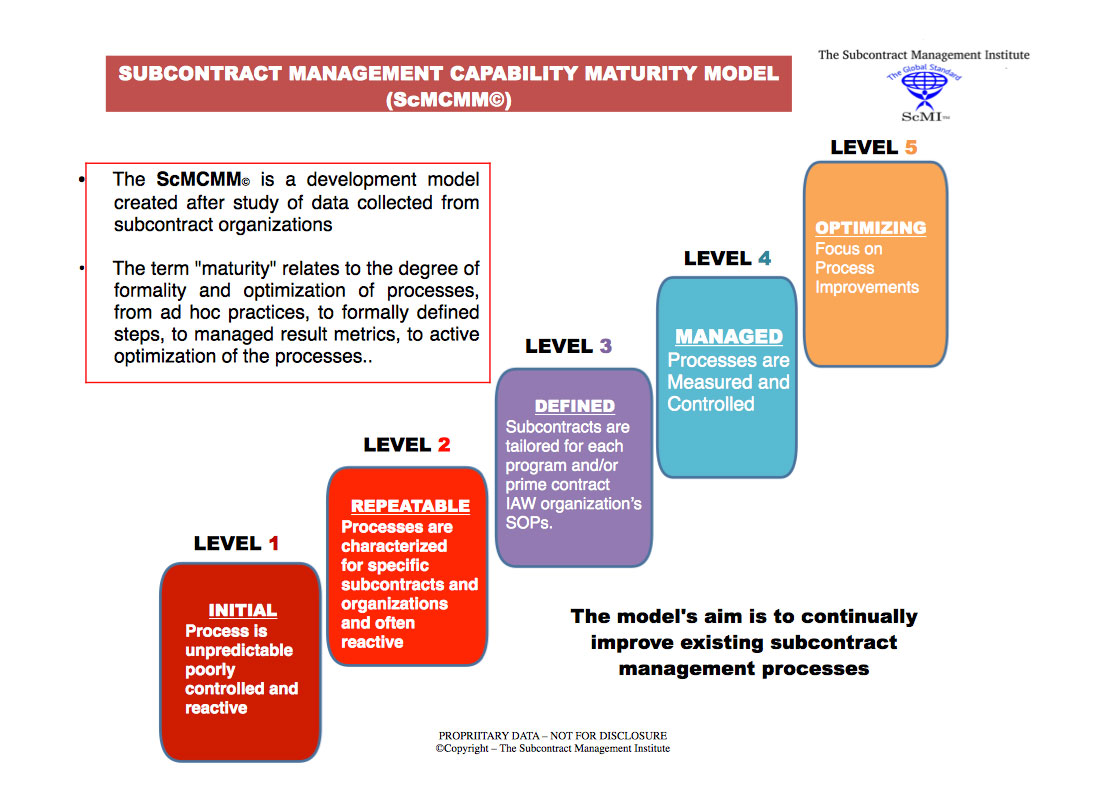F-35
Recently, the Air Force announced grounding of 15 Lockheed Martin F-35 Lightning II single-seat, single-engine, all-weather stealth multirole fighter aircraft due to a problem in avionics cooling lines caused by a subcontractor. The prime contractoremphasized that “this is not a technical or design issues, it is a supply chain manufacturing quality issue”. Forgive me for reading between the lines, but this highlights the issue of neglecting the importance of subcontract management. Major systems like the F-35 are highly dependent on a multi-layered constellation of contractors who must work together to achieve technical, design and quality excellence.
System integration is a significant engineering discipline. The more subcontractors and piece parts that are involved, the greater the need for detailed interface control documentation so that each member the team is totally clear on where their effort stops and another teammate’s effort starts. Each team member must be able to rely on the supply chain of each other team member and the quality control systems that are in place to make certain that whatever climbs up the supply chain is fully compliant with all specification and interface controls and has endured the most rigid of quality control standards. Clearly, the more subcontracts awarded by the prime and the deeper the supply chain runs, the greater the need for quality control and interface control at every level. Quality control is not “their” responsibility, it is the responsibility of every team member. Leadership in subcontract management accepts this responsibility willingly and openly.
To separate subcontracting from technical or design ignores its importance to the overall business plan. Recognition of subcontracting issues begins in the planning of any project. Design, production, proprietary information, logistics, funding, schedule and even marketing are among the issues. In this case, supply chain manufacturing quality is considered to be the problem. So, let’s look at the quality aspect.
Quality can be seen as conformance to desired standards. These can be anything from plus or minus tolerances on parts to procedures that make up the overall quality system. Inspection of end products immediately comes to mind. But long before a single part is produced, the existence of an approved quality program at the subcontractor’s facility should be a primary requirement. Simply telling the subcontractor to “build to print” isn’t enough. The prime contractor and subcontractor must build in and confirm the quality of each item as a team. Further, that team should be working to improve processes that will result in better, faster, cheaper items AND reduced defects!
Through recognition of the critical importance of subcontract management and the application of innovative approaches like the ScMI Subcontract Management Capability Maturity Model, contractors can reduce risk and improve contract performance. It should be the goal of each team member to mature its capability maturity. Mentoring programs can be a useful tool and excellence in communication is essential. As program managers often say, bad news is best served fresh. Each team members should seek to have its processes and procedures optimized.

The problem isn’t just supply chain manufacturing quality. It is a total program problem that needs to link subcontracting, quality, design, and technical aspects into a fully integrated business process.




